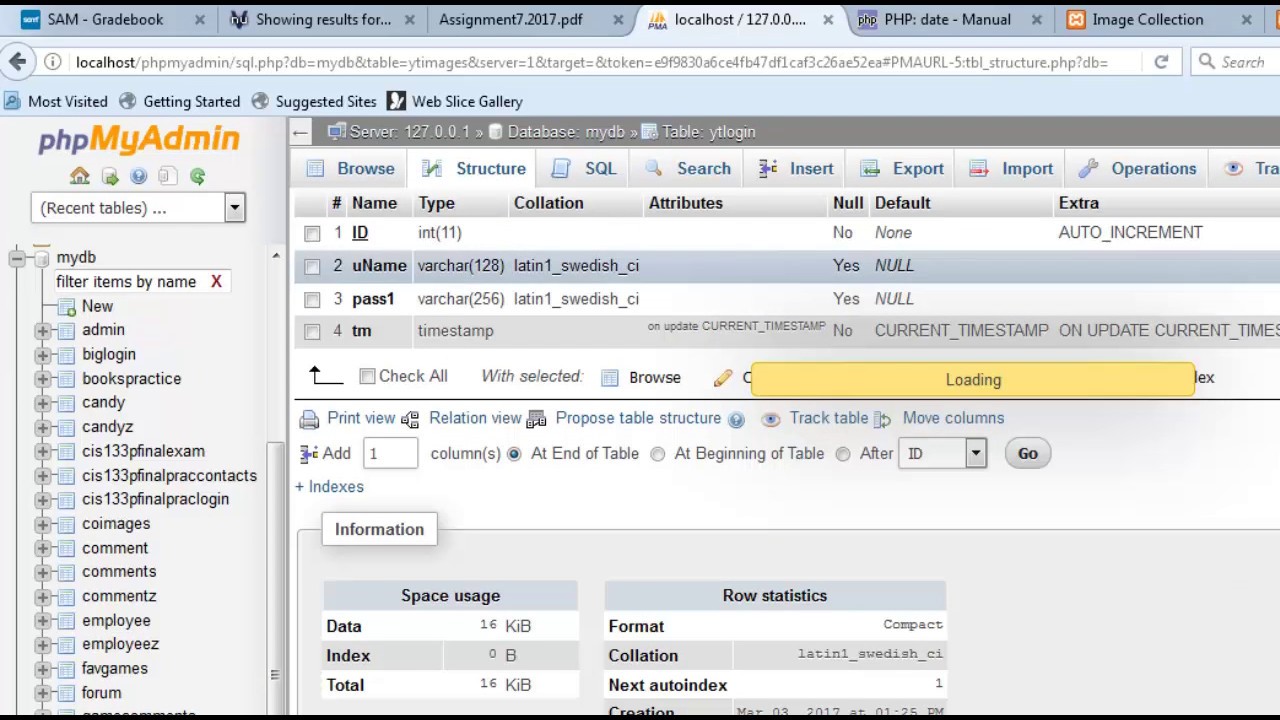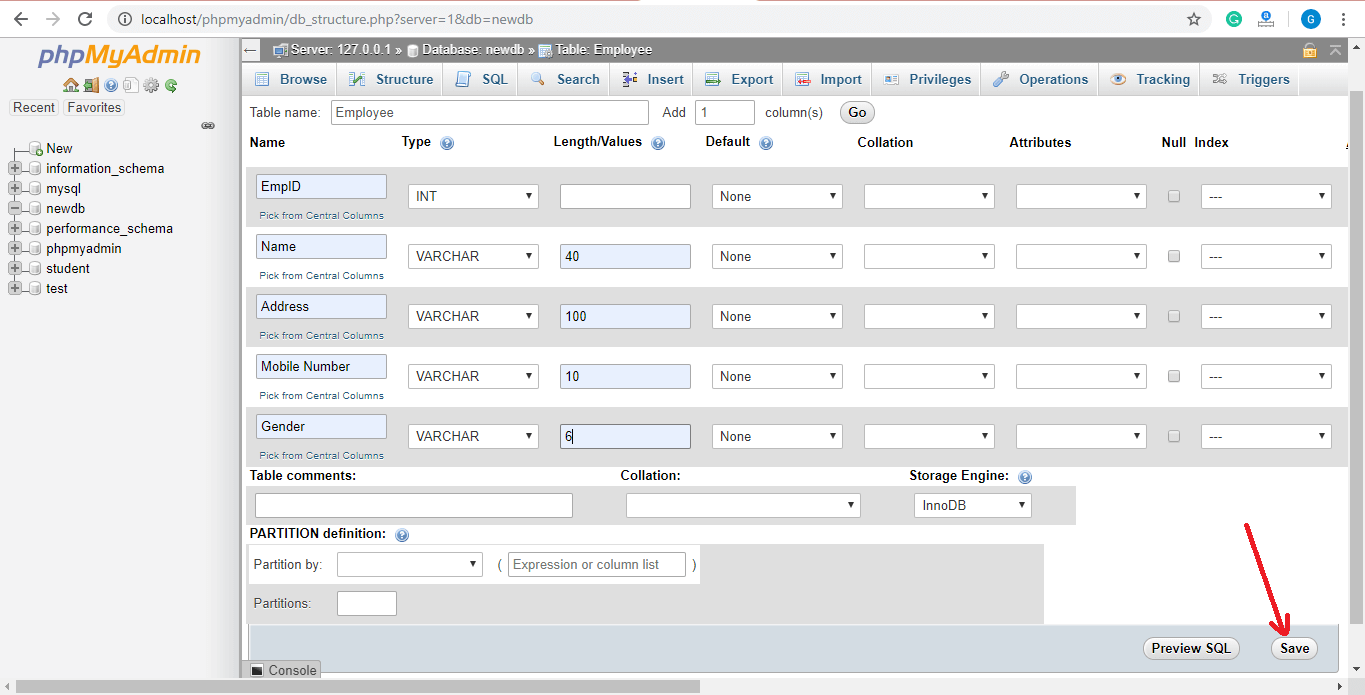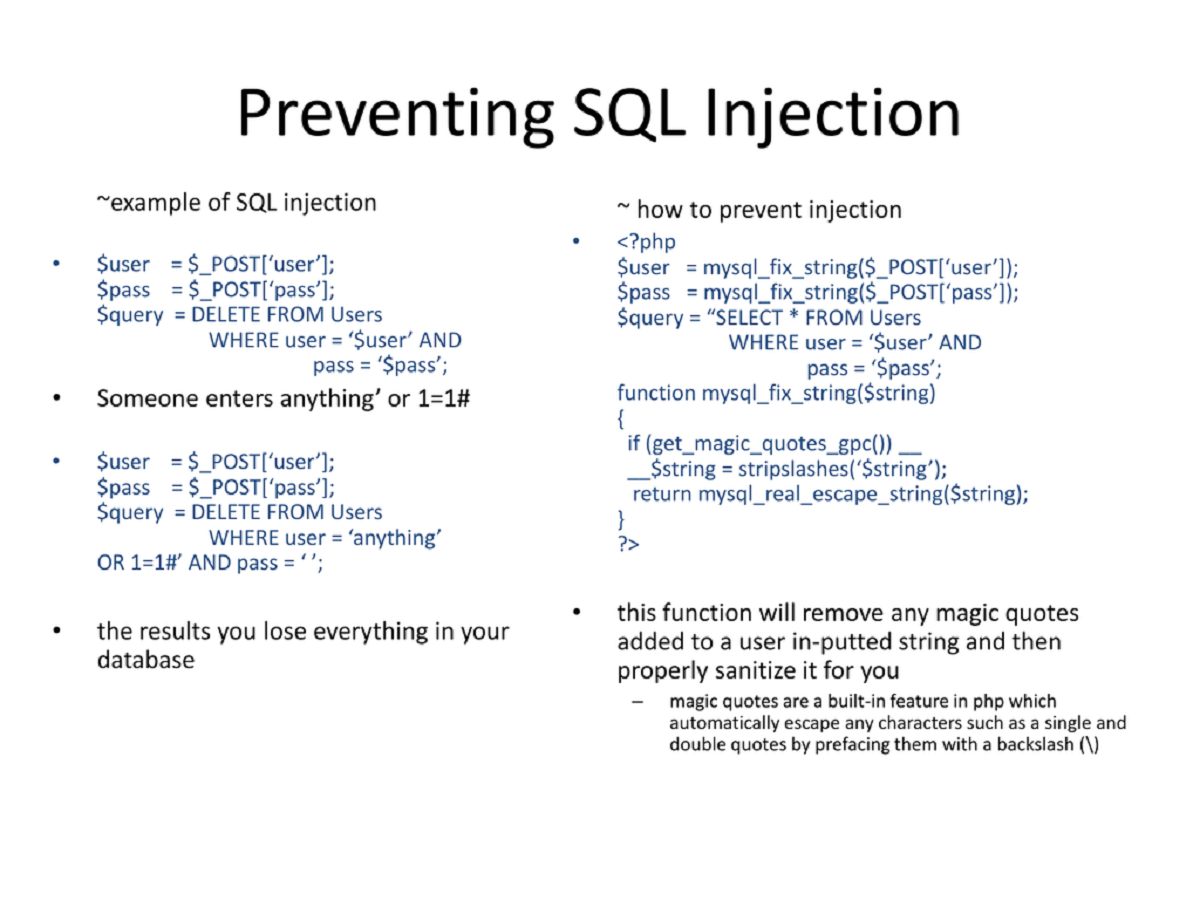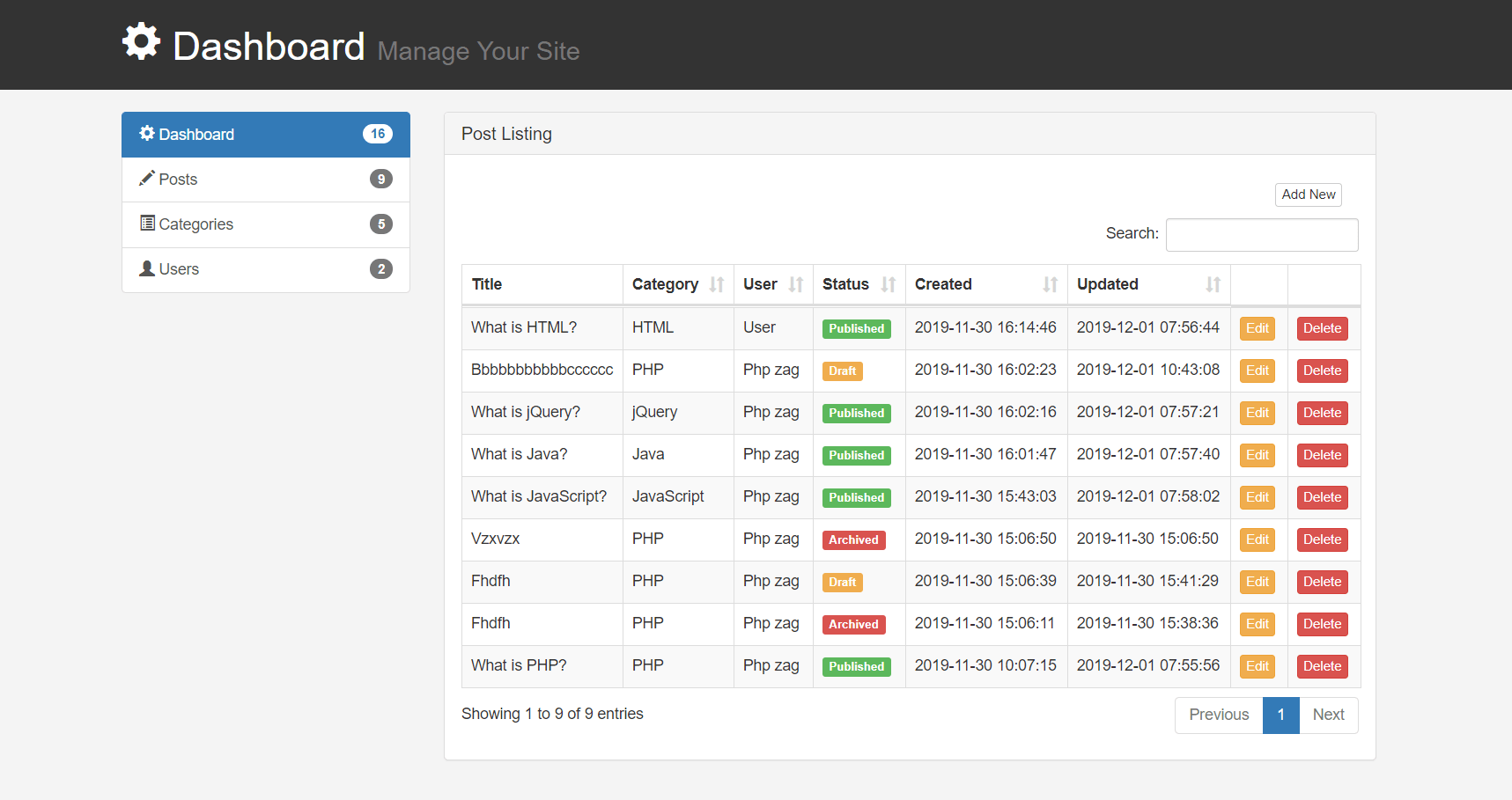Introduction
Welcome to the world of password encryption in PHP! In today’s digital age, protecting sensitive user information, such as passwords, is essential to maintain the security and integrity of web applications. Password encryption ensures that even if a breach occurs, the exposed passwords are not easily readable or usable by unauthorized individuals.
When it comes to encryption techniques in PHP, there are several options available. In this article, we will explore some of the most commonly used encryption methods, including MD5, bcrypt, and Argon2, and discuss best practices for storing passwords securely.
Whether you are a beginner learning PHP or an experienced developer, this guide will help you understand the various encryption techniques and determine which approach suits your needs.
Throughout this article, we will provide step-by-step instructions and code samples to demonstrate the implementation of different encryption techniques. So, without further ado, let’s dive into the exciting world of password encryption in PHP!
Why Password Encryption is Important
Password encryption plays a crucial role in ensuring the security of user accounts and sensitive information. Let’s explore some key reasons why password encryption is so important in web applications.
First and foremost, password encryption protects user privacy. When a user creates an account on a website, they trust that their personal information, including their password, will remain confidential. By encrypting passwords, developers can ensure that even if the data is compromised, the actual passwords cannot be easily deciphered. This is especially important because many users reuse passwords across multiple accounts, so a breach in one application could potentially put their other accounts at risk.
Another reason for password encryption is to comply with legal and industry requirements. Many industries, such as healthcare and finance, have strict regulations regarding the protection of user data. Encrypting passwords helps organizations meet these compliance standards and avoid costly penalties or legal repercussions.
Furthermore, password encryption builds trust and confidence among users. When users see that a website takes security seriously by implementing robust encryption measures, they are more likely to feel comfortable creating accounts and providing their personal information. This, in turn, leads to increased user engagement and loyalty.
Additionally, password encryption provides a layer of defense against various types of cyber attacks. Without encryption, attackers who gain unauthorized access to a database can easily obtain plain-text passwords and use them to gain unauthorized access to user accounts. By encrypting passwords, even if attackers manage to access the database, they would still need to decrypt the passwords, which is a significantly more difficult task.
Overall, password encryption plays a vital role in safeguarding user data, maintaining compliance with regulations, and building trust with users. In the next sections, we will delve into different encryption techniques to help you implement secure password encryption in your PHP applications.
Different Encryption Techniques
When it comes to encrypting passwords in PHP, there are several techniques available. Let’s explore some of the most commonly used encryption methods, their strengths, and their limitations.
1. MD5: MD5 is a widely used hashing algorithm that converts a password into a fixed-length, hexadecimal string. However, MD5 has several weaknesses that make it less secure for password encryption. It is considered outdated and vulnerable to various attacks, including collision attacks and rainbow table attacks. Due to its vulnerabilities, MD5 is not recommended for password encryption in PHP.
2. bcrypt: bcrypt is a strong and secure hashing algorithm specifically designed for password encryption. It incorporates a salt, which adds an additional layer of security by adding a random value to the password before hashing it. bcrypt is computationally expensive, making it more resistant to brute-force attacks. It is widely recommended for password encryption in PHP and provides a balance between security and performance.
3. Argon2: Argon2 is a relatively newer hashing algorithm that was the winner of the Password Hashing Competition in 2015. It is optimized to resist both brute-force attacks and side-channel attacks. Argon2 provides a high level of security and allows for configuration parameters, such as the memory cost and iterations, to customize the algorithm’s strength. It is considered one of the best choices for password encryption in PHP.
Implementing robust encryption methods like bcrypt or Argon2 forms a critical component of privileged password management, ensuring high-level security for sensitive user credentials in PHP applications. These are just a few examples of encryption techniques available in PHP. It’s important to choose an algorithm based on its security, performance, and compatibility with your PHP version. In the next sections, we will guide you through the implementation of MD5, bcrypt, and Argon2 for password encryption, so you can choose the one that best fits your needs.
Remember, encryption is not a one-size-fits-all solution. It’s important to stay updated with the latest security recommendations and adapt your encryption methods accordingly to ensure the highest level of protection for user passwords in your PHP applications.
Using MD5 to Encrypt Passwords
MD5 is a commonly used hashing algorithm in PHP for password encryption. However, it’s important to note that MD5 is now considered outdated and has several vulnerabilities. Despite its weaknesses, we will outline the process of using MD5 for password encryption to provide a complete picture of different encryption techniques.
To use MD5, you can simply apply the `md5()` function in PHP to the password that needs to be encrypted. This function takes the password as input and returns a 32-character hexadecimal string as the output. Here’s an example:
php
$password = “myPassword123”;
$encryptedPassword = md5($password);
echo $encryptedPassword; // Output: 1a1dc91c907325c69271ddf0c944bc72
While using MD5 is straightforward, it’s important to understand its limitations. One major drawback is that MD5 hashing is fast and susceptible to brute-force attacks and rainbow table attacks. Additionally, MD5 hash collisions can occur, where two different inputs produce the same hash, which further compromises the security of the algorithm.
Given these vulnerabilities, it is highly recommended to use stronger hashing algorithms such as bcrypt or Argon2 for password encryption in PHP. MD5 should only be considered as a last resort if bcrypt or Argon2 are not available in your PHP environment.
In the following sections, we will discuss the implementation of bcrypt and Argon2, which provide higher levels of security and are recommended for password encryption in modern PHP applications.
Using bcrypt to Encrypt Passwords
bcrypt is a robust and secure hashing algorithm that is widely recommended for encrypting passwords in PHP. It addresses many of the vulnerabilities present in older algorithms like MD5. Let’s explore how to use bcrypt for password encryption in PHP.
To utilize bcrypt, PHP provides the `password_hash()` function, which takes the password as input and generates a bcrypt hash. The function automatically generates a random salt, adds it to the password, and applies multiple rounds of hashing. Here’s an example of using bcrypt to encrypt a password:
php
$password = “myPassword123”;
$encryptedPassword = password_hash($password, PASSWORD_DEFAULT);
echo $encryptedPassword; // Output: $2y$10$vN26vPBA8hhXc3Xn6iccluSI5lg1LCQ.7uKx8WkRz2Zc6vZOQ3Hoq
Notice that the generated bcrypt hash includes the algorithm identifier, the cost factor, and the salt. The cost factor determines the computational cost of hashing, making it more resistant to brute-force attacks. The higher the cost factor, the more secure the encryption, but also the more time it takes to compute the hash.
To verify a password against the bcrypt hash, PHP provides the `password_verify()` function. This function compares the password with the bcrypt hash and returns true if they match, or false otherwise. Here’s an example of verifying a password:
php
$hashedPassword = ‘$2y$10$vN26vPBA8hhXc3Xn6iccluSI5lg1LCQ.7uKx8WkRz2Zc6vZOQ3Hoq’;
$passwordToCheck = “myPassword123”;
if (password_verify($passwordToCheck, $hashedPassword)) {
echo “Password is correct!”;
} else {
echo “Password is incorrect!”;
}
Using bcrypt provides a higher level of security compared to older algorithms like MD5. It incorporates a random salt and multiple rounds of hashing, making it resistant to brute-force and rainbow table attacks. bcrypt is computationally expensive, which slows down the hashing process and adds an additional layer of security.
In the next section, we will explore another strong hashing algorithm called Argon2, which further enhances password security in PHP applications.
Using Argon2 to Encrypt Passwords
Argon2 is a state-of-the-art hashing algorithm that provides a high level of security for password encryption in PHP. It was selected as the winner of the Password Hashing Competition, which aimed to identify the best algorithm for password hashing. Let’s explore how to use Argon2 for password encryption in PHP.
PHP 7.2 introduced native support for Argon2 through the `password_hash()` function. This function allows you to use Argon2 as the hashing algorithm by specifying the `PASSWORD_ARGON2I` constant. Here’s an example:
php
$password = “myPassword123”;
$encryptedPassword = password_hash($password, PASSWORD_ARGON2I);
echo $encryptedPassword; // Output: $argon2i$v=19$m=1024,t=2,p=2$SWJvU3JHckVmTGFIR3lmUw$LuGsFurPQU1q3S1iiDBwA22TYGJ1vDcMgCYNn/ggO1U
The generated Argon2 hash includes the algorithm identifier `argon2i`, the version, memory cost, time cost, thread parallelism, salt, and the finalized hash value. Argon2 allows you to customize the configuration parameters to improve security according to your specific requirements.
To verify a password against the Argon2 hash, you can use the `password_verify()` function, just as you would with bcrypt. Here’s an example of how to verify a password using Argon2:
php
$hashedPassword = ‘$argon2i$v=19$m=1024,t=2,p=2$SWJvU3JHckVmTGFIR3lmUw$LuGsFurPQU1q3S1iiDBwA22TYGJ1vDcMgCYNn/ggO1U’;
$passwordToCheck = “myPassword123”;
if (password_verify($passwordToCheck, $hashedPassword)) {
echo “Password is correct!”;
} else {
echo “Password is incorrect!”;
}
Argon2 offers high-level security features, including resistance against brute-force, side-channel, and time-memory trade-off attacks. It is designed to be memory-hard and computationally expensive, which increases the difficulty and cost of cracking the passwords.
When it comes to password encryption in PHP, using Argon2 is highly recommended due to its advanced security features and the ability to customize its parameters. However, bear in mind that older PHP versions may not have native support for Argon2, so ensure that you are using PHP 7.2 or later versions to take advantage of this robust hashing algorithm.
In the next section, we will discuss some best practices for storing passwords securely to complement the use of strong encryption techniques.
Best Practices for Storing Passwords
Encrypting passwords using strong hashing algorithms is crucial for the security of user accounts. However, implementing secure password storage involves more than just using the right encryption technique. Here are some best practices to follow when storing passwords in PHP applications.
1. Use Salt: Always use a random salt when encrypting passwords. A salt is a random value that is added to the password before hashing, making it more resistant to precomputed attacks. Each user should have a unique salt associated with their password.
2. Choose a Strong Hashing Algorithm: As discussed earlier, choose a secure hashing algorithm like bcrypt or Argon2 over outdated ones like MD5 or SHA-1. These algorithms incorporate salting and multiple rounds of hashing to enhance security.
3. Use a High Cost Factor: Adjust the cost factor (number of iterations) in the hashing algorithm to make the hash computation slower. This discourages brute-force attacks by increasing the time required to crack passwords.
4. Implement Password Policies: Enforce strong password policies that require users to create passwords with a minimum length, a combination of letters, numbers, and special characters. This helps prevent weak and easily guessable passwords.
5. Implement Two-Factor Authentication (2FA): Consider implementing two-factor authentication to add an extra layer of security. This requires users to provide a second verification method, such as a one-time password sent to their mobile device, in addition to their password.
6. Regularly Update Hashing Algorithms: Stay updated with the latest advancements in hashing algorithms. As technology evolves, older hashing algorithms might become vulnerable to new attacks. Keep your application up to date by adopting newer and more secure algorithms when they become available.
7. Protect Against Timing Attacks: Implement a constant time string comparison function to prevent timing attacks. This ensures that the comparison between the user-provided password and the stored hash always takes the same amount of time, regardless of the number of correct characters.
By following these best practices, you can significantly enhance the security of password storage in your PHP applications and protect user accounts from unauthorized access.
Now that you understand the importance of secure password storage and the best practices to follow, you are well-equipped to implement strong password encryption techniques in your PHP applications.
Conclusion
In this article, we have explored the world of password encryption in PHP and discussed the importance of securing user passwords in web applications. We examined different encryption techniques, including MD5, bcrypt, and Argon2, and highlighted their strengths and weaknesses.
While MD5 was once a popular choice for password encryption, it is now considered outdated and vulnerable to various attacks. It is highly recommended to use stronger algorithms like bcrypt or Argon2, which incorporate additional security measures such as salting and multiple rounds of hashing.
bcrypt is widely used for password encryption in PHP due to its robustness and the ability to adjust the cost factor to balance security and performance. Argon2, on the other hand, provides state-of-the-art security features and allows for customization of parameters to enhance the strength of password encryption.
In addition to choosing the right encryption technique, implementing best practices for storing passwords is crucial. This includes using unique salts, enforcing strong password policies, implementing two-factor authentication, and regularly updating hashing algorithms.
By following these guidelines and staying updated with the latest security recommendations, you can protect user accounts and sensitive information from unauthorized access. Remember, password encryption is just one part of a comprehensive security strategy, so it’s important to adopt other security measures as well, such as secure coding practices, regular software updates, and monitoring for potential vulnerabilities.
Now armed with the knowledge and tools for secure password encryption in PHP, you can take the necessary steps to ensure the security and integrity of the passwords in your web applications. Stay vigilant, stay updated, and make security a top priority in all your PHP projects.

























